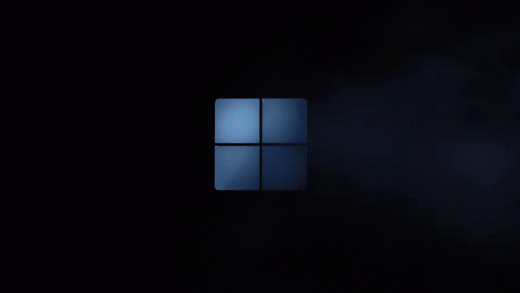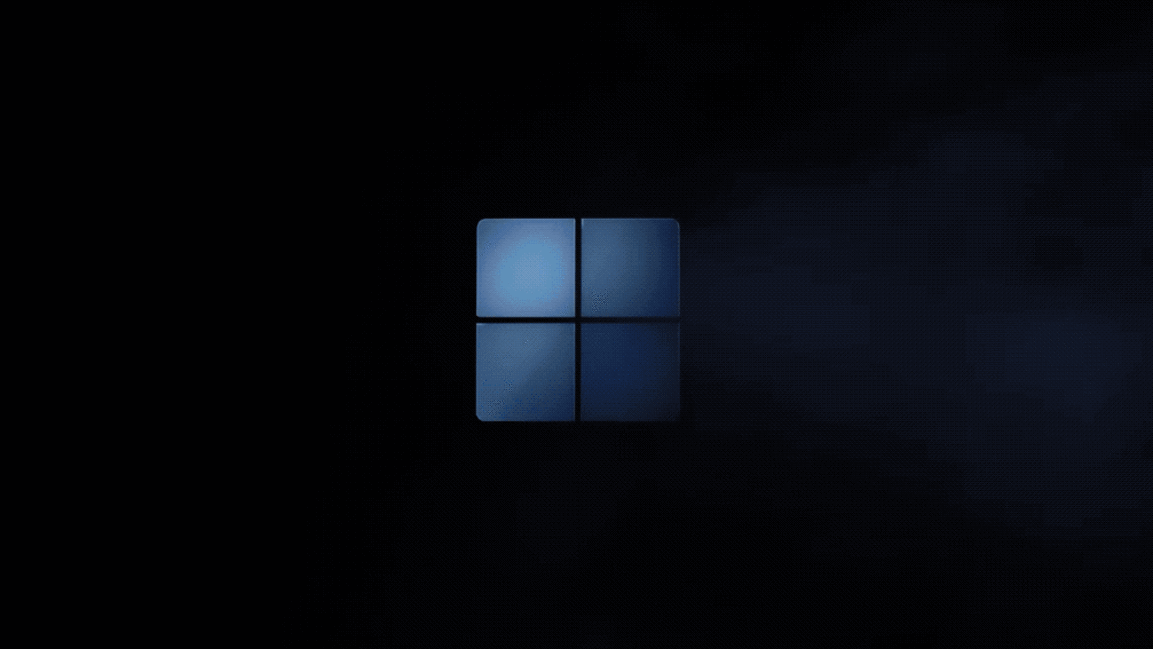Windows 11 looks modern. Just as important, it looks like Windows
A high percentage of the virtual product launches I have attended since March 2020 have involved executives declaring that they’ve built the perfect product for the new era of work and play brought on by the pandemic. On Thursday, Microsoft’s presentation introducing Windows 11 was no different. So when I had a post-presentation chat with Panos Panay, the company’s chief product officer, the first question on my mind was whether the new version of Windows was indeed deeply informed by things the company had learned since COVID-19 struck, or had the company really formulated its plans for the upgrade before the world went into lockdown?
“There were things in the works, but what happens is you learn as you go, and you adapt to the environment that you’re in,” Panay told me. “And ultimately, what I would say is that [the pandemic’s impact on how people use tech products] was a huge influence. But it was more around thinking about the hybrid workspace moving forward. We learned from the pandemic, and then we’re thinking about what’s next.”
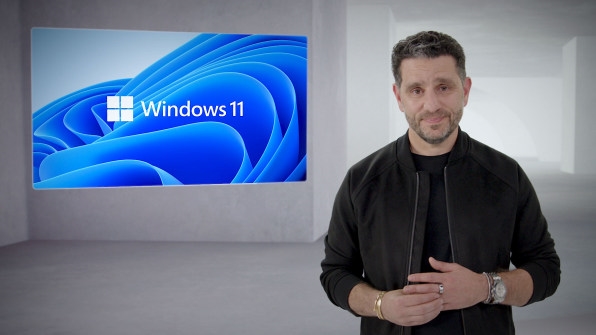
[Image: courtesy of Microsoft]
There are certainly Windows 11 features that look ideal for anyone who spends at least as much time engaging with people over video calls as in conference rooms. For example, a new system-wide mute button gives you one place to go to silence yourself, regardless of the app you’re in. The OS will also come bundled with an integrated version of Teams, the Microsoft collaboration app that became one of the pandemic’s mainstays. Other improvements, such as the way Windows 11 will remember your window placement when you unplug your laptop from one or more external monitors—and then recreate it the next time you plug in—are designed for people who will spend only some of their time sitting at a desk in an office.
But judging from Microsoft’s livestreamed presentation—which was bedeviled by technical gremlins—Microsoft hasn’t just recalibrated Windows 11 for the hybrid approach to work that people began talking about 16 months ago. Windows 11 is a continuation of a journey the company has been on since at least 2012, when it unveiled Windows 8.
The first version of Microsoft’s operating system to deeply reflect the post-PC trends popularized by Apple’s iPhone and iPad, Windows 8 boldly went where no version of Windows had gone before. But it turned out to offer too much raw, bleeding-edge change too fast for the large constituency of Windows users who weren’t seeking a radical departure from the keyboard-and-mouse-centric Windows of yore.
With 2015’s Windows 10 and subsequent smaller updates, Microsoft was still getting the operating system back on track as much as advancing it. And now—though it’s dangerous to leap to conclusions from a demo—the company seems to be pushing Windows forward in a way that plays to the platform’s strengths and won’t prove hopelessly disorienting.
Aesthetically, Windows 11 looks both modern and, well, Windows-y. In the demo, at least, it was almost as if the flatter, more spartan, phone-influenced Windows 8 design once known as “Metro” had never existed. And most of what’s new, from productivity tweaks to Auto HDR gaming mode, serves important, long-standing Windows audiences. The fact that everything Microsoft showed during its launch event was incremental rather than epoch-shifting was a plus, not a problem: Windows has almost always been served better by evolution rather than revolution.
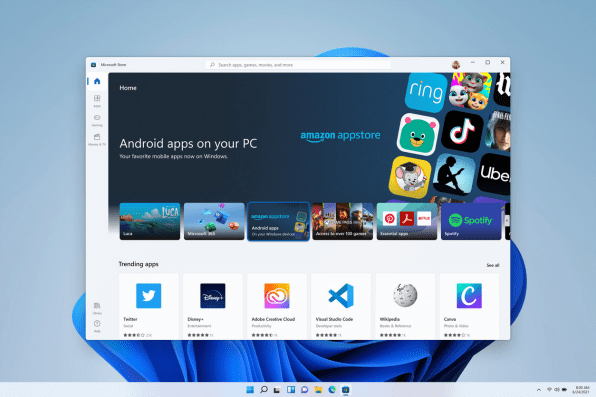
[Image: courtesy of Microsoft]
Not your standard app store
When Windows 11 ships—it’s due by the coming holiday season—it will land in the midst of heated debate over how aggressively the companies that own software platforms should be able to manage them. But it will probably sidestep the worst of such controversies—unlike Apple, which has had to defend the tight control it wields over its iOS App Store in the courtroom and via public messaging as it comes under increasing scrutiny from legislators at home and abroad.
At the end of the day, we want you to be able to do what you want to do.”
Panos Panay, Microsoft
In sharp contrast, Microsoft is opening up Windows 11’s version of the Microsoft Store further. Developers will be able to choose their own payment mechanisms rather than being forced to use Microsoft’s and pay the company a cut. Users will get access to every sort of app that can run on Windows—including, for the first time, Android apps. As always, you’ll be able to install apps from any source, not just the Microsoft Store—but the more comprehensive and open the store is, the less reason you might have to look elsewhere.
Given that Microsoft must wrestle with the same sorts of tradeoffs as Apple, why is it moving in the opposite direction? “At the end of the day, we want you to be able to do what you want to do,” Panay says. “Go back to that mantra, ‘empower you to produce.’ Well, that means to get the apps that you want in a way that you feel is secure, but not in a way that’s closed.”
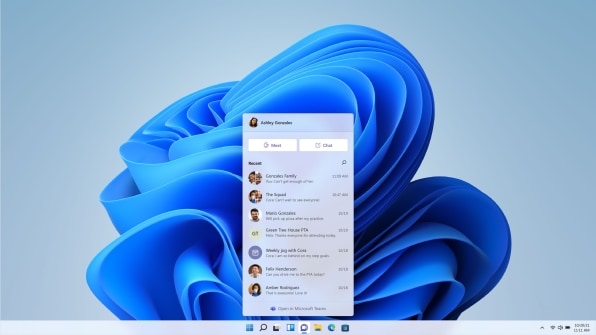
[Image: courtesy of Microsoft]
I asked Panay if Windows 11 will complete the process of taking Windows beyond its traditional PC roots that Microsoft began with Windows 8. Like any savvy product person, he was careful not to sound like the job was done. Instead, he brought up Windows 11 highlights—such as its improved support for voice input and its embrace of Android apps—and talked about the importance of making Windows equally useful and approachable in the office, on the couch, and beyond.
“I believe this is the first step to that next era of computing,” he said. “What I’m hoping, and we’re driving towards, is that fluidity and that adaptability when you’re moving from one place to the next.”
On the highest level, that’s not a significantly different vision than the one Windows has had since at least the dawn of Windows 8. It just turned out to be big enough to occupy Microsoft for many years through a fair share of twists, turns, reversals, and revisions.
As Panay says, there’s more to come. And thanks in part to changes wrought by the pandemic, a lot more Windows users might be ready for the vision than they were when Windows 8 came along.
Fast Company , Read Full Story
(51)

